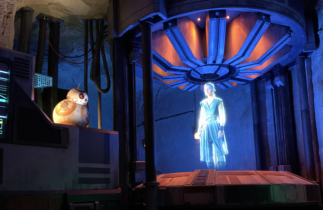A sequence tells a scientist the genetic information carried on a particular DNA or RNA segment. For example, the sequence can be used to determine where genes are located on a DNA strand and where regulatory instructions turn those genes on or off.
In the mid-90s, colleges started teaching their undergraduates about DNA sequencing, with DNA sample amplification tech as the new kid on the block. The Human Genome project was ongoing, and the first human sequence had yet to be completed.
Twenty-five years later, DNA sequencing is done regularly for many and has helped dramatically with medical and forensic needs. We are now entering a whole new era of sequencing that is the “next generation.” Let’s look at this change and how this generation alters science and medicine.
What Is Next Generation DNA Sequencing?
Next generation DNA sequencing (NGS) started gaining notoriety in the early 2010s and is a term that describes DNA sequencing technologies that have revolutionized genomic research.
Original DNA Sequencing
To understand NGS, we need to understand the original type of DNA sequencing.
First, a DNA strand was copied to create enough material. Then one by one, the base pairs were determined using gels with capillaries that pulled them through using electricity, the chain-termination method, or as it is commonly known, Sanger sequencing.
The Human Genome Project used Sanger sequencing, which multiple international teams utilized to decipher the human genome, taking 13 years and $3 billion to produce the final draft released in 2003. By 2008, using several NGS techniques, the famous discoverer of DNA, James Watson’s genome sequence, was provided to him on a hard drive at an estimated cost of $1 million.
In 2011, Apple co-founder and billionaire Steve Jobs had his DNA sequence done to help in his cancer fight for $100,000. Using NGS, a lab can now sequence an entire human genome in only one day at the cost of $100 (Ultima Genomics).
Read the full article here.






